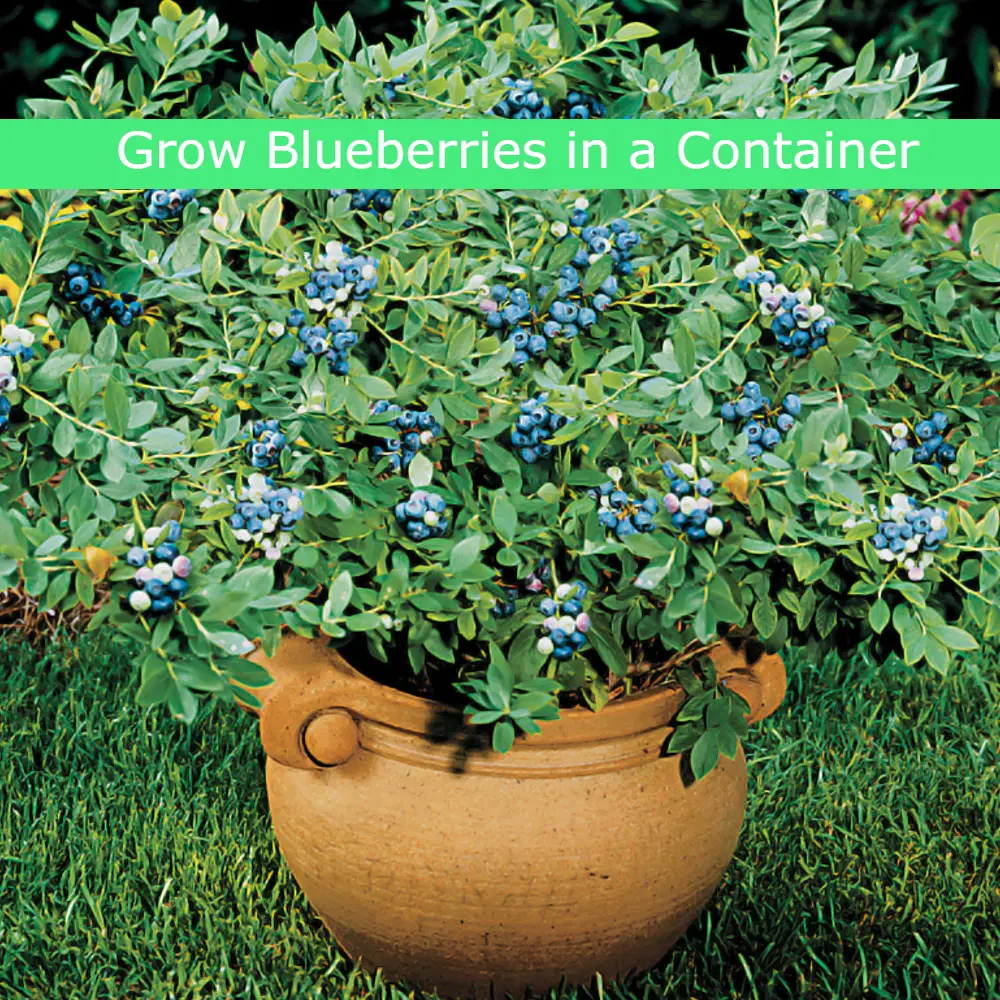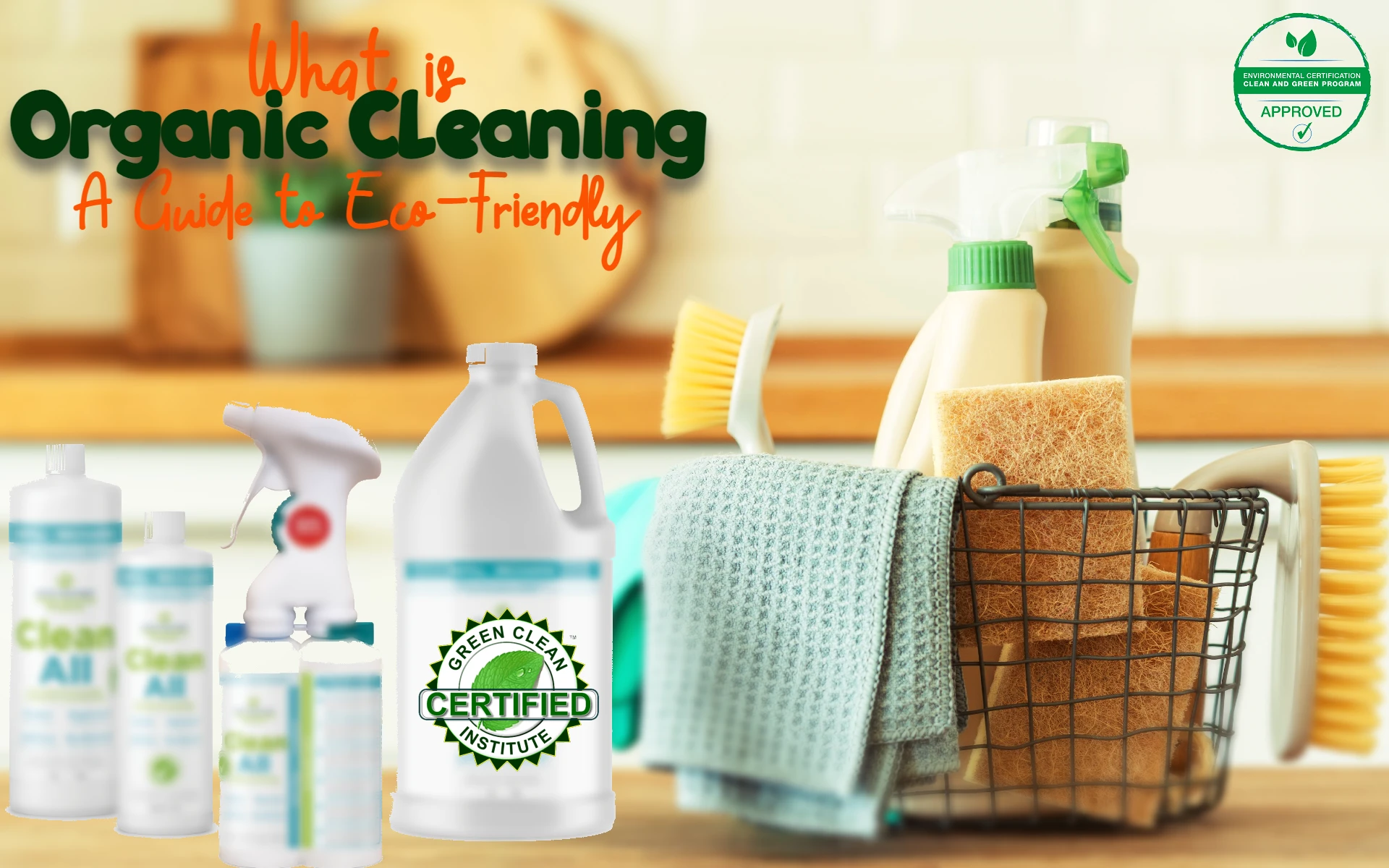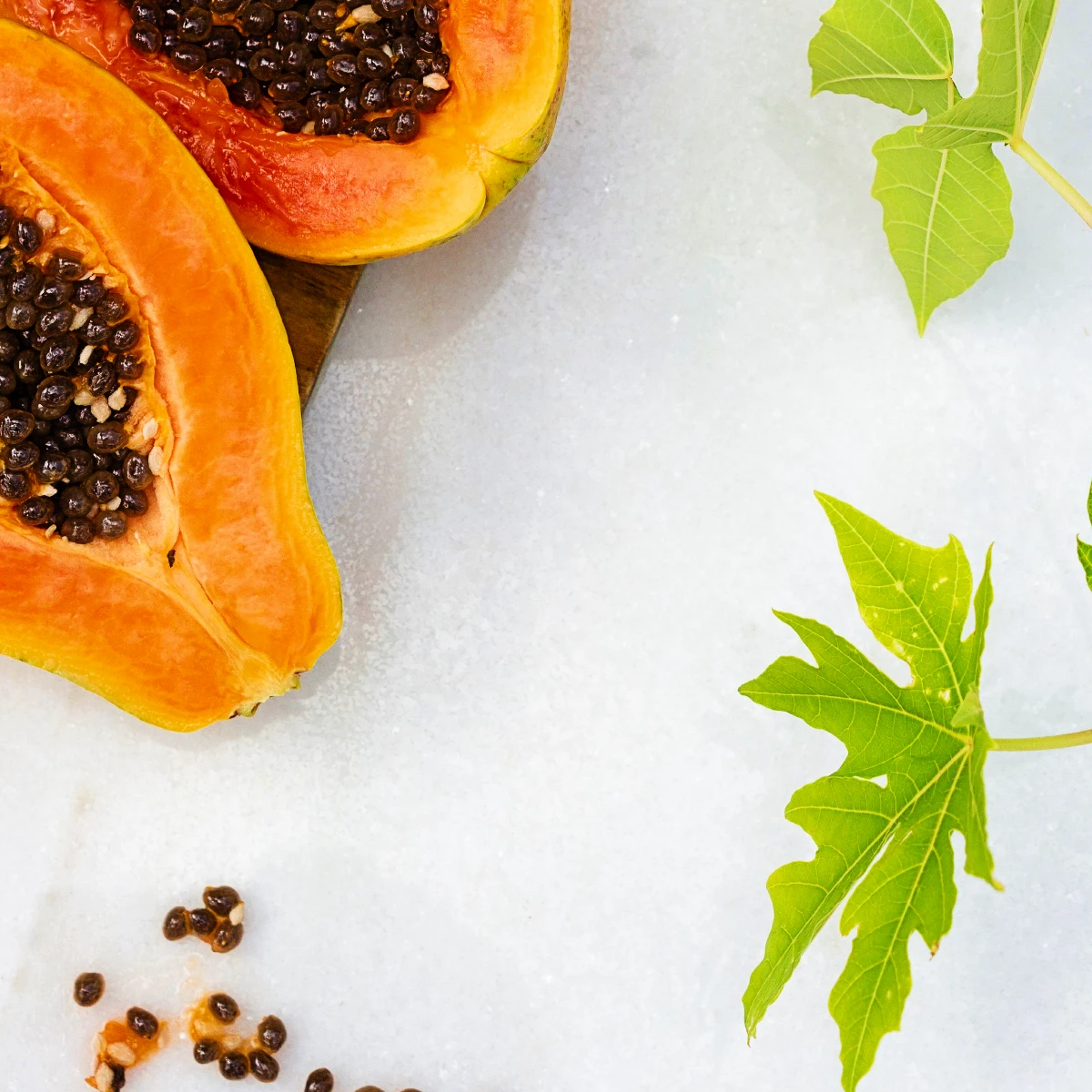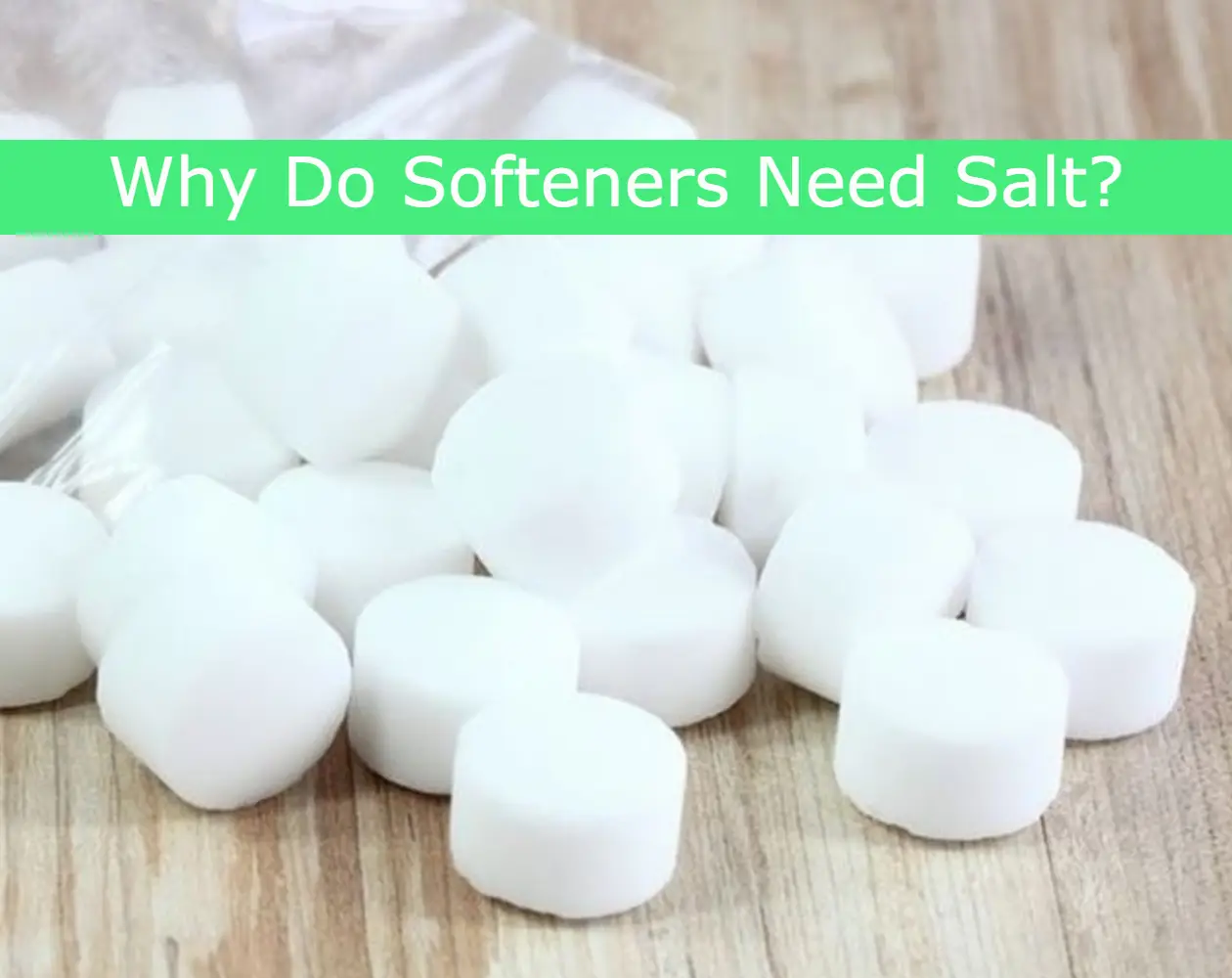How To Grow Blueberries in a Container

Shrubs planted with flowers give off an autumn scent. Blueberry shrubs are delicious and can be grown in containers.
Blueberries are attractive plants that grow perennially. They produce berries during the summer months when other flowers are blooming. Container gardening makes them easy to maintain.
The Best Type of Blueberries to Grow in Containers
Blueberries are among the easiest fruits to grow. They are relatively pest and disease free. But they can be finicky about a couple of things. Blueberries love acidic soil and they need moist and well-drained growing medium. A big benefit of growing them in containers is that you can easily control each of these soil conditions.
In a container, achieving the acid levels you need is easy. Start with an acid potting soil or a mix of coir, some organic matter – like leaf mold – and condition the mix with an organic soil acidifier. Coir is a good choice for blueberries because coir holds water longer. It’s also good to routinely feed the plants with an acid based fertilizer or organic cottonseed meal or feather meal that will also add acidity to the soil. Fertilizers designed for azaleas, rhododendron, hollies or evergreens will work for blueberries. The best pH for blueberries hovers between 5.0 to 5.5. Feeding with fertilizers designed for acid plants will keep your potting soil near that range, but if you’re concerned and want it to be exact, soil pH testers, like our electronic soil tester, are available.
Blueberry planting tips in Containers
Choosing the right variety of plant and the right size container is important. Look for shorter growing varieties. Some excellent choices are Blueberry ‘Top Hat’ which tops out at around 2 feet tall sporting white flowers and feisty orange fall color, or three-feet petite Blueberry ‘Sunshine Blue’ with pink flowers and burgundy fall foliage or even the slightly taller Blueberry ‘Patriot’ with subtly pink-tipped white flowers and orange to red autumn tones. Most blueberries need another type of blueberry nearby for pollination. Check this with each variety. Blueberry, ‘Sunshine Blue’ is self –pollinating.
The container should be large enough to balance the size of the shrub. Think five gallons of soil with a container diameter at nothing less than 24 inches. There are a couple of design approaches you can take. You can start with a slightly smaller container and allow the plant to grow until it fills it, then transplant the blueberry into a larger container. A fun way to go, is to plant in the largest container your space and pocketbook allows, and fill in around the blueberry with annual flowers for a classic container look. Contrast the blueberry’s warm, fall foliage color with spunky fall flowers like asters and mums. Depending on the container, consider planting more than one blueberry together. Pretty and easy in pots, blueberries do require a little extra watering consideration.
Blueberry roots grow close to the soil surface. Watering them is a bit counterintuitive to the seasoned garden because frequent shallow watering works better than deep soaking watering. Containers dry out quickly, so it’s important to routinely water. Berry size and blossom formation will be improved with adequate water. Be careful, overwatering can also damage the roots.
With a little attention to acidity and water, blueberries thrive in containers. Containers become more than ornamental. They serve the extra function of providing food. It’s not often that you can do something simple that simultaneously bumps-up the impact of your gardens, while producing a berry that can impact the quality of your health.



